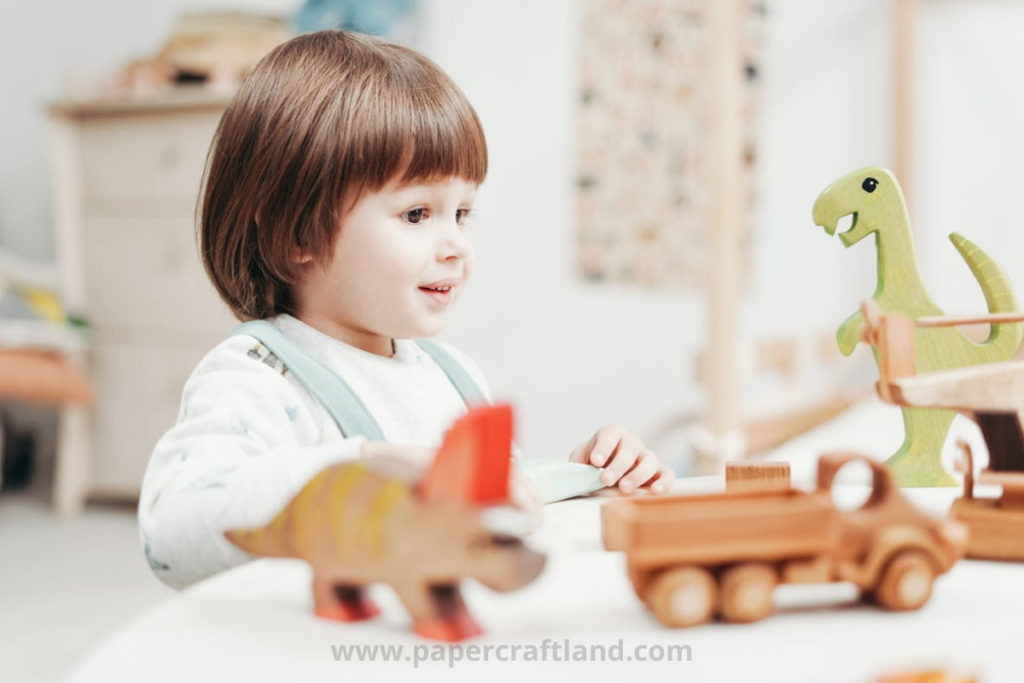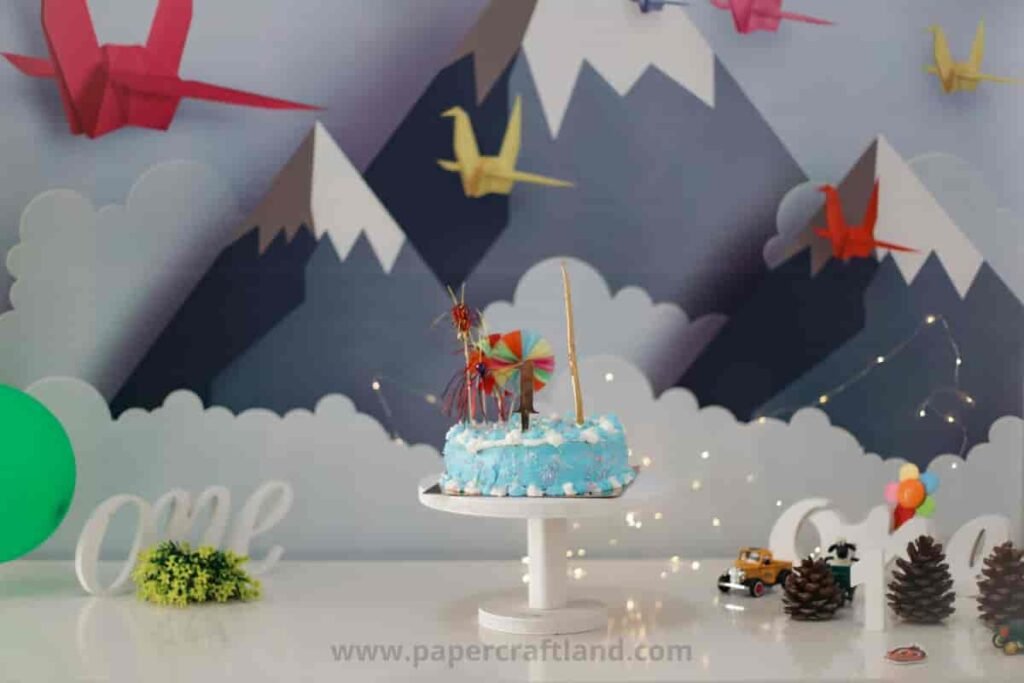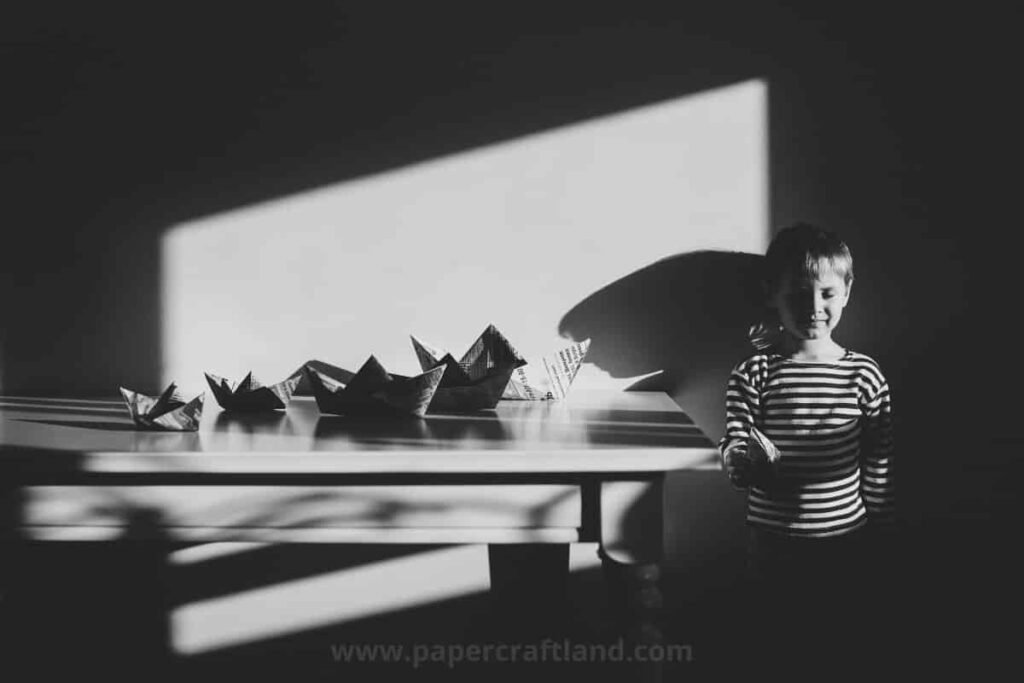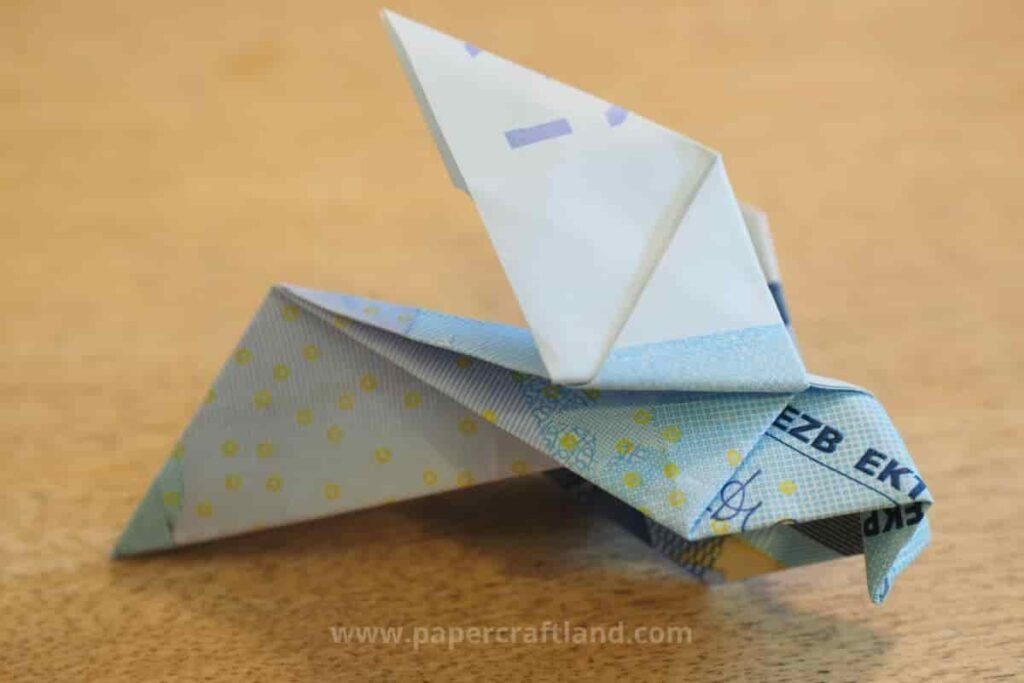Introduction
Origami for Kids offers a delightful mix of fun and education, providing an engaging way to develop essential skills. Whether it’s creating simple shapes or complex figures, origami is an activity that children of all ages can enjoy and benefit from.
- Introduction
- Why Origami is Great for Kids
- The History of Origami
- Benefits of Origami for Kids
- Getting Started with Origami for Kids
- Beginner-Friendly Origami Projects
- Simple Origami Projects for Kids
- Step-by-Step Guide: How to Make an Origami Paper Crane
- Tips for Teaching Origami to Kids
- Origami Challenges and Games for Kids
- Incorporating Origami for Kids into Education
- How to Make Origami Eco-Friendly
- Creating an Origami Club or Workshop for Kids
- Advanced Origami Projects for Older Kids
- Common Mistakes and How to Avoid Them
- The Joy of Completing an Origami Project
- Conclusion
- FAQs
Why Origami is Great for Kids
Origami is more than just a craft; it’s a gateway to creativity and learning. When kids engage in origami, they’re not just folding paper—they’re learning patience, precision, and perseverance.
The beauty of origami lies in its simplicity; with just a single piece of paper, children can create animals, toys, decorations, and more.
The History of Origami
Origami has its roots in Japan, dating back to the 17th century. Originally, it was a ceremonial practice, with folded paper used in various rituals.
Over time, it evolved into a popular form of recreation, especially among children. Today, origami is enjoyed worldwide and appreciated for its blend of artistic expression and mental challenge.
Benefits of Origami for Kids

Origami isn’t just fun; it’s also packed with developmental benefits for children. Here are some key advantages:
Cognitive Development
Origami helps children improve their cognitive abilities, especially in areas like spatial reasoning, memory, and problem-solving. Each fold requires careful thought, helping to enhance a child’s ability to think in three dimensions.
Enhances Fine Motor Skills
Folding paper with precision requires dexterity and hand-eye coordination. This fine motor practice is particularly beneficial for younger children, as it strengthens their hands and fingers, which is essential for writing and other tasks.
Encourages Patience and Focus
In a world where instant gratification is common, origami teaches children the value of patience. Completing an origami project requires focus and attention to detail, helping kids develop these crucial life skills.
Fosters Creativity and Imagination
With origami, the possibilities are endless. Children can start with basic shapes and, as they gain confidence, move on to more intricate designs, allowing their imagination to soar. Whether it’s a paper crane or a complex dragon, origami encourages creative thinking.
Getting Started with Origami for Kids
Ready to introduce your child to the world of origami? Here’s what you’ll need:
Basic Materials Needed
The best part about origami is that it requires minimal supplies. All that’s needed is a square piece of paper.
While origami paper is ideal due to its thinness and vibrant colors, any square paper will do.
Introduction to Simple Folds
Before diving into full projects, it’s helpful to start with basic folds. Teach your child the valley fold (folding the paper in half) and the mountain fold (folding the paper in half but in the opposite direction).
Mastering these foundational techniques is key to successful origami.
Beginner-Friendly Origami Projects
For those just starting out, it’s ideal to begin with simple projects.
Basic animals like dogs, cats, and fish are great starting points. As your child becomes more confident, they can progress to more complex designs.
Simple Origami Projects for Kids

Here are some easy origami projects that kids will love:
Easy Origami Animals
- Origami Dog: A classic beginner project, the origami dog is simple and fun.
- Origami Cat: This project introduces a few more folds but is still manageable for young children.
- Origami Fish: Quick and easy, the origami fish is perfect for younger kids.
Origami Toys
- Origami Paper Boat: A timeless favorite, this boat floats!
- Origami Paper Airplane: A fun project that results in a toy kids can play with afterward.
- Origami Spinner: A simple project that creates a fun, spinning toy.
Origami Decorations
- Origami Heart: Perfect for Valentine’s Day or just to show someone you care.
- Origami Star: A bit more challenging, but great for holiday decorations.
- Origami Flower: A beautiful and simple decoration that can brighten up any room.
Step-by-Step Guide: How to Make an Origami Paper Crane
The paper crane is among the most famous origami designs.
Here’s how to make one:
Materials Needed
- A square piece of origami paper (preferably 6×6 inches)
Folding Instructions
- Start with a square paper, color side up. Fold in half diagonally, then unfold. Repeat on the other diagonal.
- Flip the paper over and fold it in half vertically, then horizontally.
- Bring the top corners down to the center to form a smaller square (this is the base).
- Fold the top layers to the centerline to form kite shapes.
- Fold the top point down and crease well. Unfold the last three folds.
- Lift the top layer of the bottom point, open it up, and fold the edges inward to create a diamond shape.
- Repeat on the other side.
- Fold the sides of the diamond inward, then lift the bottom points to form the crane’s head and tail.
- Fold down the wings, and your crane is complete!
Tips for Success
Take your time with each step. Precision is key in origami, and it’s okay to redo a fold if it’s not perfect. With practice, your cranes will look more polished.
Tips for Teaching Origami to Kids

Teaching origami can be incredibly rewarding, but it also requires patience. Here are some tips:
Start with Simple Projects
Begin with easy projects to build confidence. As children become more comfortable with basic folds, gradually introduce more complex designs.
Be Patient and Encouraging
Mistakes are part of the learning process. Encourage children to try again and celebrate their efforts, not just the results.
Use Videos and Diagrams for Visual Learners
Many kids are visual learners. Use instructional videos and diagrams to help them follow along with the steps.
Incorporate Origami into Learning Activities
Use origami as a tool for teaching other subjects, like geometry or cultural studies. This strategy brings a new level of enjoyment and involvement to the learning process.
Origami Challenges and Games for Kids

Origami can also be turned into a fun game or challenge. Here are a few ideas:
Origami Race: Who Can Fold the Fastest?
Turn origami into a friendly competition. See who can fold a specific design the fastest—perfect for playdates or classroom activities.
Design Your Origami: Unleashing Creativity
Encourage kids to create their origami designs. This not only boosts creativity but also helps them understand the fundamentals of paper folding.
Storytelling with Origami Figures
Use origami figures to tell stories. Kids can create characters and then use them to act out scenes, combining storytelling with crafting.
Incorporating Origami for Kids into Education
Origami is more than just an art; it’s a valuable educational tool.
Origami in Math: Understanding Geometry
Origami is a practical way to teach geometry. Kids can see firsthand how different shapes come together to form new ones, making abstract concepts more tangible.
Origami in Art Class: Exploring Shapes and Colors
Origami projects can be integrated into art lessons, allowing kids to explore shapes, colors, and patterns creatively.
Origami in Cultural Studies: Learning about Japanese Culture
Origami offers a window into Japanese culture. Teaching the history and significance of origami can enhance children’s understanding of different cultures.
How to Make Origami Eco-Friendly
Origami is inherently eco-friendly, but there are ways to make it even more sustainable.
Using Recycled Paper
Encourage the use of recycled paper for origami projects. It’s a great way to repurpose old newspapers, magazines, or scrap paper.
Upcycling Old Artwork into Origami Paper
Transform your child’s old artwork into origami paper. This not only reduces waste but also gives a second life to cherished creations.
The Environmental Benefits of Origami
Origami promotes a minimalist lifestyle—creating something beautiful from just a single sheet of paper, without the need for additional resources or tools.
Creating an Origami Club or Workshop for Kids
Starting an origami club or hosting workshops can be a fantastic way to bring kids together.
How to Start an Origami Club
Gather a group of interested children and start meeting regularly to fold and share origami creations. You can rotate who chooses the project each week to keep things fresh and exciting.
Hosting Origami Workshops for Different Age Groups
Tailor workshops to different age groups. For younger kids, focus on simple designs; for older kids, introduce more complex projects.
Resources for Origami Enthusiasts
Provide resources such as books, online tutorials, and community groups where kids can learn more about origami and connect with other enthusiasts.
Advanced Origami Projects for Older Kids

For kids ready to tackle more challenging projects, here are a few advanced designs:
Origami Dragon
This project requires patience and precision but results in a striking piece of art that kids will be proud of.
Origami Lotus Flower
A beautiful and intricate design, the lotus flower is a great way to challenge more experienced folders.
Origami Jumping Frog
This fun project results in a frog that can jump, making it a great choice for kids looking for a playful challenge.
Common Mistakes and How to Avoid Them
Origami can be tricky, especially for beginners. Here are some common mistakes and tips on how to avoid them:
Rushing the Process
Taking time with each fold is crucial. Rushing can lead to mistakes, so encourage children to go slowly and focus on accuracy.
Using the Wrong Paper
Not all paper is created equal. If the paper is too thick, it can be difficult to fold, especially for more complex designs. Origami paper is lightweight and easy to handle.
Not Following Instructions Carefully
Make sure kids understand each step before moving on to the next. It’s easy to get ahead of yourself, but this can lead to errors that are difficult to correct.
The Joy of Completing an Origami Project
There’s a special joy that comes with completing an origami project. Here’s how to celebrate those accomplishments:
Celebrating Small Wins
Every completed project, no matter how simple, is a win. Celebrate each one to build confidence and enthusiasm.
Displaying Finished Projects
Create a display area for your child’s origami creations. Seeing their work on display will give them a sense of pride and encourage them to keep folding.
Sharing Origami Creations with Friends and Family
Origami is meant to be shared. Encourage your child to give their creations as gifts or use them to decorate cards and letters.
Conclusion
Origami offers a unique blend of fun, creativity, and education. It’s an activity that children can start at any age and continue to enjoy as they grow.
Whether it’s the joy of creating a simple paper dog or the challenge of crafting an intricate dragon, origami has something to offer every child. So, grab some paper, and let the folding begin!
FAQs
- What Age is Appropriate for Kids to Start Origami?
Kids as young as four can start with very simple origami projects. As they develop their motor skills, they can move on to more complex designs.
- Can Origami Help with Learning Disabilities?
Yes, origami can be beneficial for children with learning disabilities. It enhances focus, hand-eye coordination, and cognitive development, which can aid in learning.
- What Type of Paper is Best for Kids to use?
Origami paper is perfect because it’s lightweight and folds easily.
However, any square piece of paper can be used, especially for beginners.
- How Can I Keep My Child Interested in Origami?
Begin with easy projects and gradually progress to more challenging ones.
Incorporating origami into games, challenges, or educational activities can also keep things exciting.
- Are There Any Origami Kits Available for Beginners?
Yes, there are many origami kits available that include pre-cut paper and instructions, making it easier for beginners to get started.
- Is Origami Safe for Young Children?
Yes, origami is generally safe as it only involves paper, but supervision is recommended for very young kids.
- Can Origami Improve a Child’s Concentration?
The focus required in folding origami helps to improve a child’s concentration over time.




